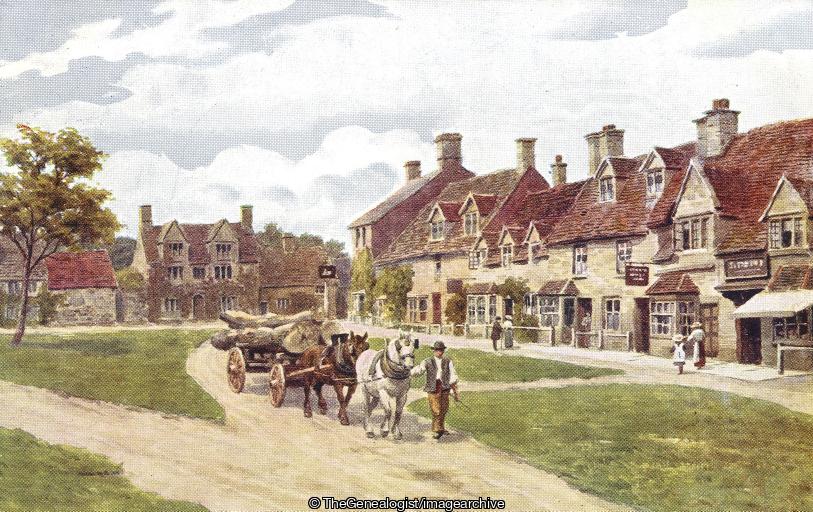Over 10 million individuals added to TheGenealogist’s Residential and Trade Directories Collection
NEWS:
This new release from TheGenealogist...
We have all delved into our family history yearning to understand the lives of our ancestors, but after we have found them in the births, marriages and death records we will often turn to the census records to discover where they lived. But what happens if you've hit a brick wall in your research, struggling to piece together the puzzle of their past because they were, somehow, not at home on census night? What resource can we turn to as a substitute?
It may be that we have found our ancestor in their home and discovered that their occupation reveals that they were a shopkeeper or small business person. What we would now like to know is where they ran their business from and discover more about the village, town or area of the city in which they worked.
The latest release from TheGenealogist contains over 10 million new individuals recorded in directories from the first two decades of the 20th Century*. This virtual bookshelf stacked with volumes from the early 1900s to 1929 includes publications from all over the United Kingdom and Ireland.
These directories are filled with listings of people, their addresses and details of the places they lived in. Other directories list businesses and offer a fascinating glimpse into ancestors from this time.
Harris & Co can be found in the Hampshire directories on TheGenealogist
You can use these records to discover the street address of your great-grandfather or their shop/business, perhaps learn where your great-grandmother practised her dressmaking trade from, or find the names of your ancestors' neighbours in the street listings. These directories will also reveal any listings of official positions that they may have held in charities, societies, local administration, etc., or even unearth your ancestor's telephone number!
With some books you can read topographical details about the village, town or city in which your ancestor lived. This will give you a better feel for what their area was like at the time that your forebears lived there.
Better than 50% off!
To celebrate this latest release, TheGenealogist is offering its 12 months Diamond Package for just £98.95 – that’s over 50% off!
To find out more and claim the offer, visit: https://www.thegenealogist.co.uk/MGBDIR424
Expires on 12th May 2024.
This offer includes a lifetime discount! Your subscription will renew at the same discounted price every year you stay with us.
This includes the following:-
Subscription to Discover Your Ancestors Online Magazine (Worth £24.99)
Discover Your Ancestors' Occupations by Laura Berry (Worth £9.95)
Researching and Locating Your Ancestors by Celia Heritage (Worth £9.95)
Regional Research Guidebook by Andrew Chapman (Worth £9.95)
Discover Your Ancestors Periodical Compendium Volume 1 (Worth £9.95)
Total Savings: £105.79
Read TheGenealogist’s article, More than just an address:
https://www.thegenealogist.co.uk/featuredarticles/2024/more-than-just-an-address-7346/

